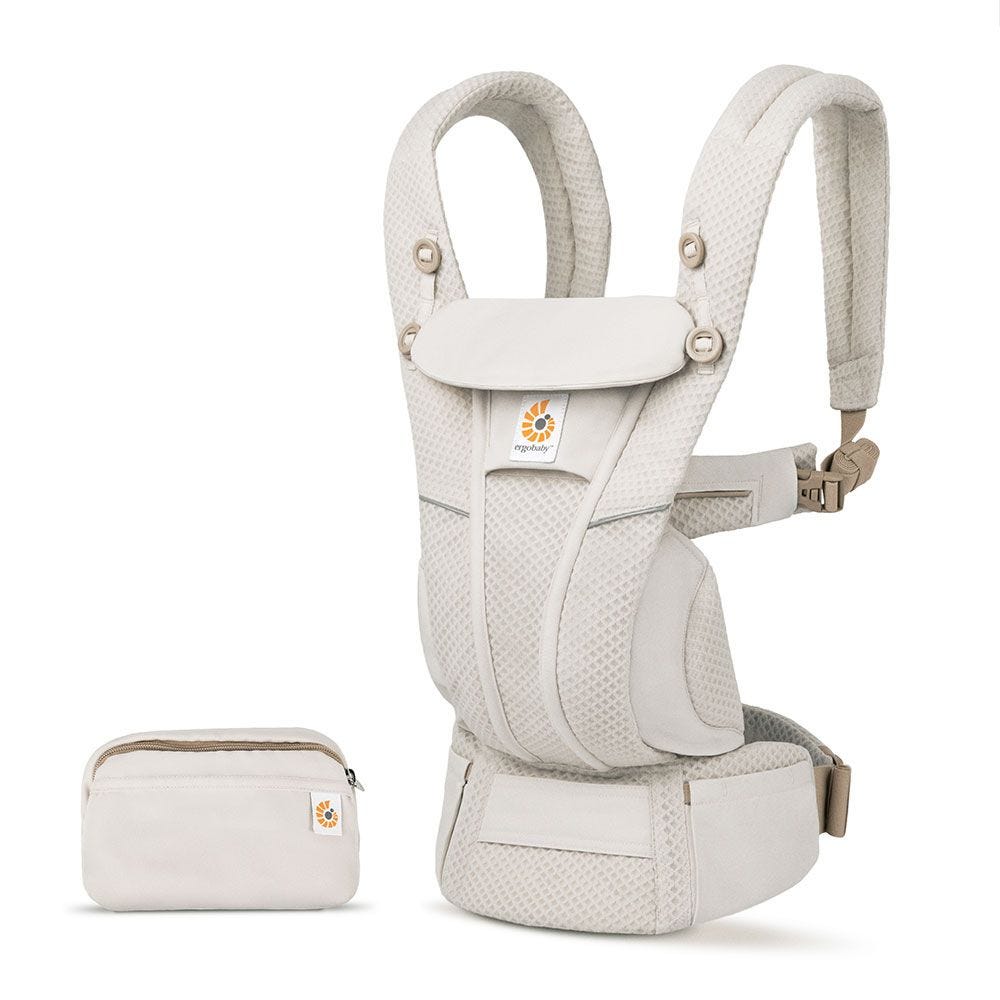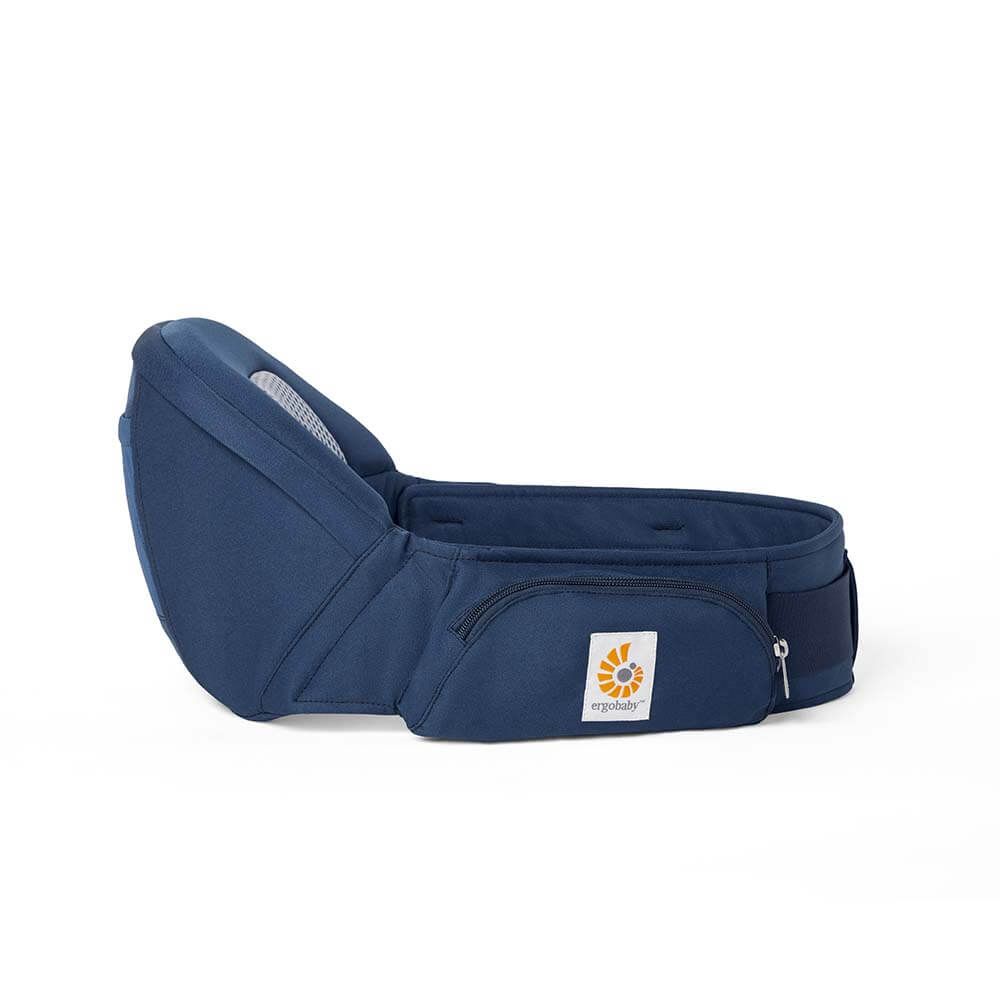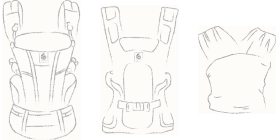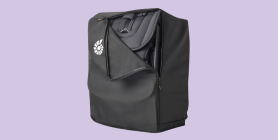

"What, you’re breast/chest feeding your baby to sleep?” “Don’t do that or they never be able to fall asleep without you.” How many times have you heard this?
You are certainly not the only ones. In the first few months, many babies are breast/chest fed or bottle-fed to fall asleep. In fact, it’s almost impossible to prevent your baby from falling asleep while drinking when they are is still so small.
And let’s say it up front, that’s perfectly okay in the early stages. It helps you bond and ensures that all your baby’s nutritional needs are met. You can also think of it as nature’s superpower, or a tool to soothe newborns and soothe them into a restful sleep. This is quite natural as young babies sleep 14-18 hours in the first few weeks anyway.
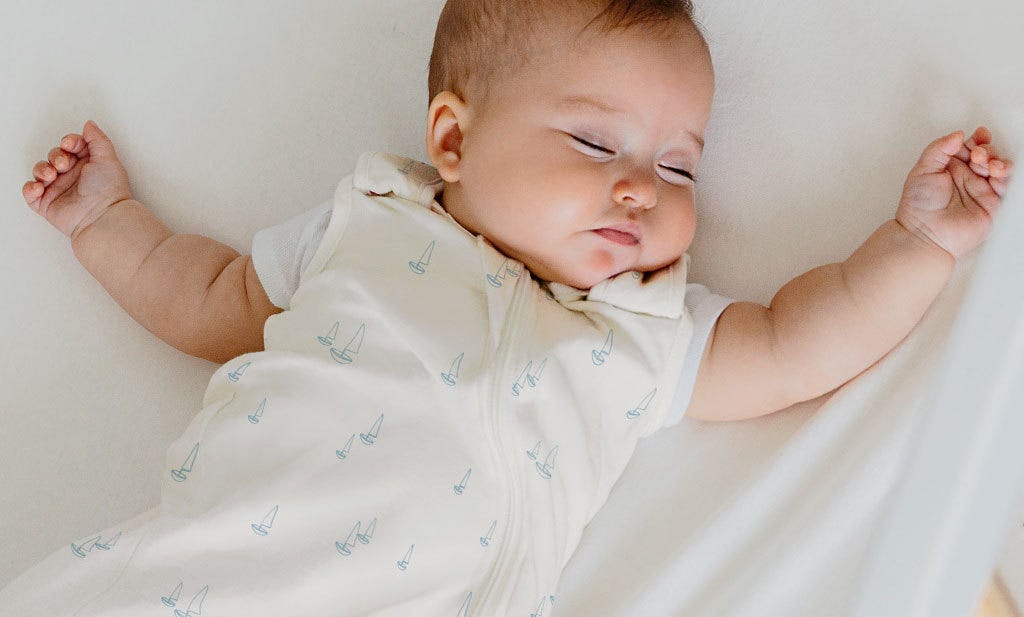
How sleep changes
Even though it “worked” well for the first few weeks or even months, many parents ask for help as baby sleep has many peaks and regressions. Strategies that worked well suddenly no longer work and your baby is asking for something else. This can be very exhausting. Your little one may not be hungry, but nothing other than the breast/chest or bottle seems to help them fall back to sleep.
Some parents may feel restricted and there are many reasons why you might be looking for new ways to help your baby fall asleep. You may be returning to work or a sibling is on the way. What worked for your family for months may not fit anymore.

Photo by Laura Garcia
Weaning step by step from the breast/chest or bottle
Babies who have been fed to sleep are used to closeness and cuddling. If you want to make gradual changes, you can start by rocking your baby to sleep for a few nights. It is a good time to make changes during your nighttime routine as babies tend to be most tired at this time. At the start child may protest and it may take longer for them to fall asleep. After all, it feels different than usual and they wonder, “Hm – what’s going on?!” But after a few nights, the new patterns will feel a little more familiar. The time it takes you to get your baby to fall asleep will become less.
Once the rocking is working well, the next step is to gradually slow down the movement. Look to see if your child is still happy and can fall asleep without rocking in your arms. If they protest, just rock them again and then gradually slow down to a stop.
Top Tip: Always remember when helping your little one to fall asleep, a quiet, calm approach is best.
Once you conquered this, you start to leave out the rocking movement and lie down next to your baby. A side sleeping crib works well as you can lie next to your little one and stay close enough to touch. Start with touch, this can be a rhythmic, light patting, or gentle stroking. You use your voice to soothe your child. Soft, gentle story telling, singing, humming shushing noises as comfort.
It is a trial and error approach where you are both present and supportive as your baby learns these new skills. For night wakings, it is often enough to simply put your hand on the bed, shift it a little if necessary and briefly signal that you are there. Younger babies also need of a drink during the night and sometimes require a nappy change.
As soon as your night routine is working well, you can introduce the methods for naps. See each small step as progress. Every day is an opportunity to practice and learn new skills. There may be ups and downs, but try not to get discouraged if you do have a bad night or two.
Change the order
It can be helpful to change the order of your sleep routine as for some babies, falling asleep during feeds is unavoidable. Therefore, it can be helpful to feed earlier in the nighttime routine when your baby is less tired and in a more upright position away from their crib. You can then continue with the rest of your bedtime routine.
Just try it out and don’t put yourself under pressure as it can take weeks to adjust. It may work so well that you can skip one of the steps. It’s as individual as your family.

For more great sleep information and advice make sure you’re following Gemma’s blog and Instagram.

